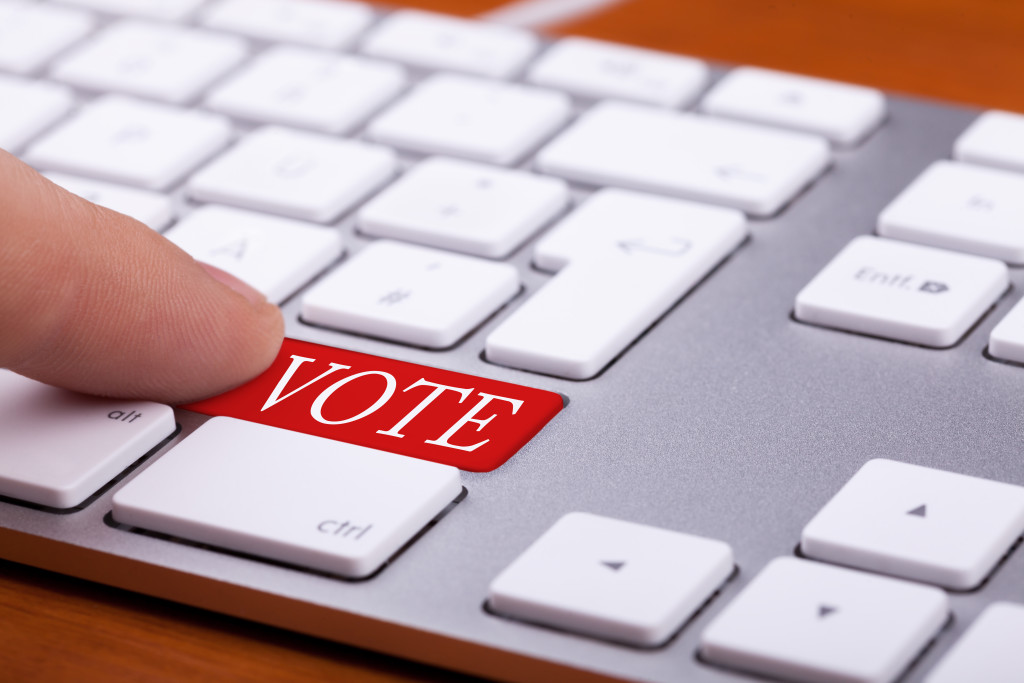Union America: Where Democracy Goes To Die

This op-ed column was originally published at Investors.com
Luka Ladan, CUF Communications Director
Secret ballots. Re-elections. A voice in the workplace. The tools of democracy form the bedrock of America.
With one exception: The union shop. Governed by American labor law relatively unchanged since the Taft-Hartley Act of 1947, union workplaces remain stiflingly stale. Union leadership is passed down through the generations while union membership sees little chance of changing the status quo.
According to the Heritage Foundation, labor unions represent 8 million employees nationwide under the National Labor Relations Act. Only 478,000 of them — 6% — ever voted for the union currently “representing” their interests.
It gets worse. America is home to more than 15,000 local unions that file annual disclosure forms with the Labor Department, yet a Center for Union Facts analysis shows that leaving one may be a nearly impossible task. In 2016, 313 decertification petitions were filed by union members to reject current union representation.
This means that, for every 50 local unions, only one union re-vote takes place a year. Imagine that people in only one out of 50 states were entitled to vote for their congressional representatives every year.
Either labor leaders are exceptionally popular or the system is rigged.
Public opinion suggests the latter. According to a Rasmussen poll conducted last year, only 20% of Americans see labor leaders as “do(ing) a good job representing union members.” Among current or former union members, only 25% have a favorable view of union leadership. Higher favorability ratings are a pipe dream when union members are stuck with their “representatives” for decades.
Even the original union certification process is undemocratic. When an initial union “election” is held, employees are not guaranteed their right to a private vote. Under current labor law, union officials can bypass secret ballots by pressuring employees into publicly signing authorization cards. According to the most recent NLRB data, in almost 40% of all cases, union officials pressure employees into accepting a union without a secret ballot election ever taking place.
As Karen Cox, an Illinois lift-truck operator, put it, “I came into work one day and the union was just there.”
Current labor law leaves employees and employers vulnerable to well-documented union pressure tactics — from paid picketing to outright bullying — without being able to assess true workforce sentiment.
So where do we go from here?
The road to reform goes through Congress. Last session, Sen. Orrin Hatch, R-Utah, and then-Rep. Tom Price, R-Ga., reintroduced the Employee Rights Act (ERA), the most substantial update to American labor law since the 1940s.
Eventually co-sponsored by 170 members of Congress, the ERA would secure workplace democracy with eight pro-employee reforms. Most notably, the bill would guarantee secret ballot certification elections and periodic recertification elections, allowing employees to privately express their true opinions whenever the workforce experiences substantial turnover. The ERA would also prohibit union leadership from coercing workers when they exercise their right to decertify a union.
As you’d imagine, union members are on board. Recent polling shows that 80% of those in union households support the bill’s key reforms, including secret ballots and mandatory union re-votes. Proposals including the federal criminalization of union violence poll even better, registering 90% approval among employees.
Congress must answer these cries for help and pass the Employee Rights Act. Only then can our democracy come with no exceptions.